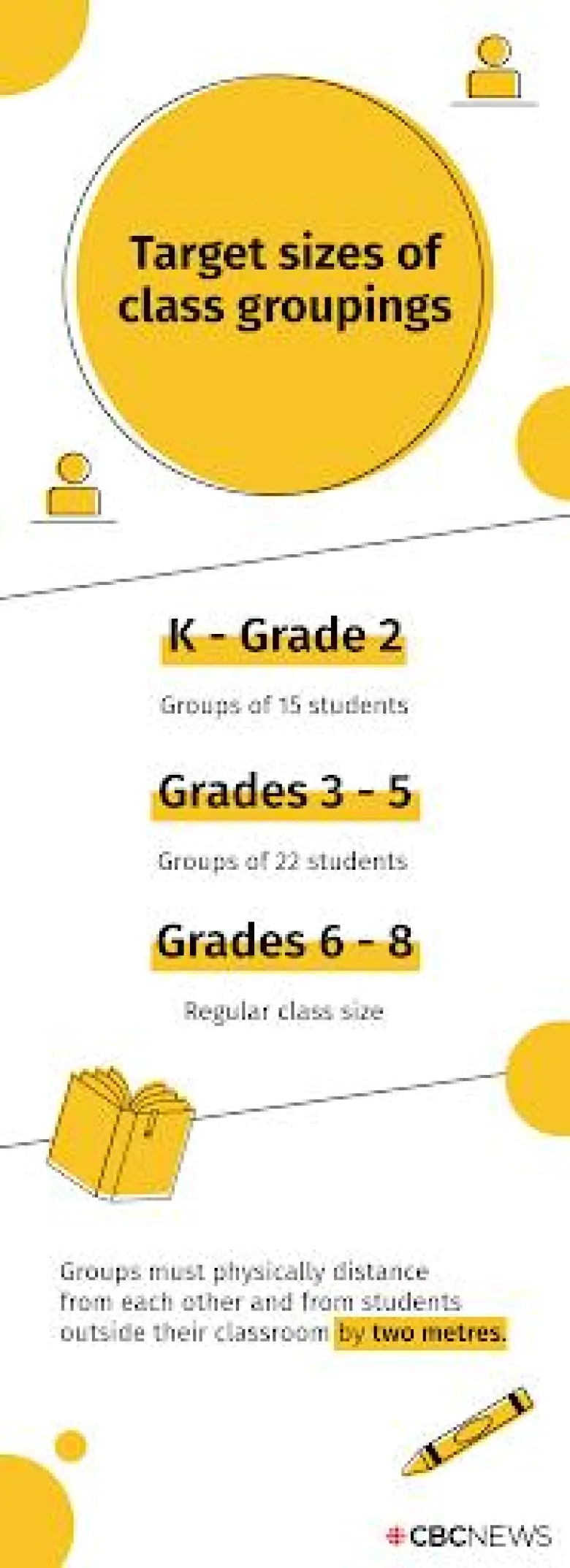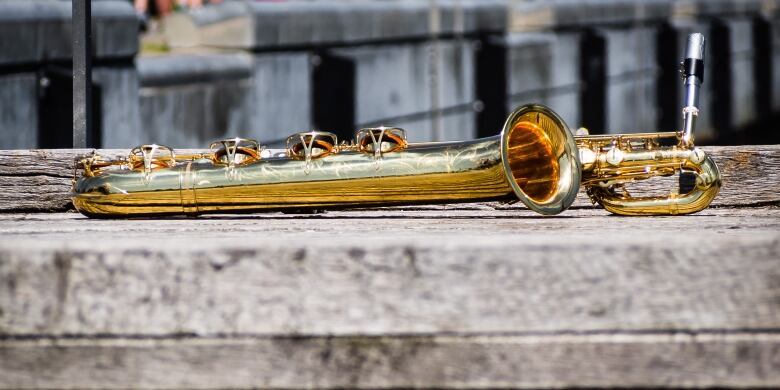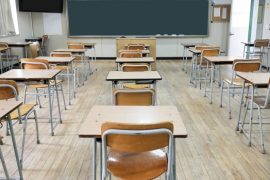Education officials have changed their tune on singing and wind instruments in schools.
Both will now be allowed in New Brunswick schools after they open next week.
But students are being asked to sing softly when they’re inside, says George Daley, the deputy minister of the province’s anglophone school sector.
Last month, Education Minister Dominic Cardy said singing and wind instruments would be banned because of the potential to spread the coronavirus through airborne droplets.
Daley said the change is an example of the department’s back-to-school plan being “a living” document that will change along the way as circumstances dictate.
He said education officials have been working with Public Health to keep things as normal as possible for students, all the while protecting children and reducing the spread of COVID-19.
He said music was “one of the most complicated issues that we’ve navigated.”
Although singing and wind instruments are no longer banned, it won’t be a return to the old days, said Daley. There will be extra cleaning and other protocols.
In kindergarten to Grade 8, students will be able to participate in music within their class bubbles, and from grades 9-12, students will have to maintain physical distancing of two metres while in music class or during other musical activities.
“However, students should sing softly or increase their physical distance if indoors,” said Daley, during Tuesday’s live-streamed update on the department’s back-to-school plan.
Whenever possible, music classes should be held outside, weather permitting, said Daley.
Musical instruments will be allowed, but they have to be thoroughly cleaned between uses and stricter cleaning protocols will be in force for wind instruments.
Students must also sanitize their hands before going into the music class and on their way out.
WATCH | Daley explains how big class groupings should be when schools start up again
A global-health epidemiologist and an associate professor at the University of Ottawa said singing can pose more of a risk than talking, and the louder the sound, the higher the risk.
“In general, singing produces droplets, just like talking” said Raywat Deonandan. “Singing might produce more aerosol nuclei though, meaning that room ventilation is more important.
“There is individual variation, having to do with lung power and loudness. In general, though, a large number of people in a room, all continuously spraying droplets, is not a great idea. Outdoor choir is fine though.”
Deonandan said the evidence about airborne transmission from singing remains “unclear.”
“Cases of outbreaks concerning choirs are confounded by poor distancing and mutual touching,” he said. “In general, it’s probably best to avoid it for the first semester.”
As for wind instruments, Deonandan said the issue is cleaning.
“If each student uses his own and takes it home, I think that’s probably fine, since the instrument itself probably filters much of the droplets.”
But he says sharing wind instruments should not be allowed.
Class sizes
Daley also said class sizes will remain as close to 15 as possible for children in K-2 in order to “close the gaps” that occurred when schools were shut down.
“We know from feedback of parents and teachers, this group was most problematic during the online learning during the full shut down this spring,” he said.

Grades 3 to 5 will aim for groupings close to 22 students, while Grades 6 to 8 will be regular class sizes.
All students and staff in the kindergarten to Grade 8 system will be required to bring two clean, community face masks to school with them every day unless they have been advised by a medical professional not to wear a mask, said Daley.
Daley said some schools are still finalizing their operational plans and all plans will be released at the same time on Thursday.
Connection problems
Students with limited or no access to the internet may be permitted to attend school every day — provided the school can accommodate them.
And principals have been asked to identify secondary learning locations within the community where students can go to access the internet on their at-home days. These could include public libraries, community centres, and other locations that have adequate coverage.

BYOD
High school students have been asked to provide their own device through the department’s bring your own device (BYOD) plan.
Individual teachers will decide how to use these devices and integrate them into their curriculum plan.
Students who don’t have a device when school starts could be lent one temporarily. Roughly 11,000 laptops that are currently being used for other purposes could be redeployed for a short time until students get their own.
BYOD programs will allow students to keep learning even in the event that schools have to be shut down again for any reason.
Information for parents
Educational officials have been providing twice-weekly updates for parents through live streamed briefings.
While new topics are discussed at each briefing, Daley said most of the information has been available online in a document, Return to School: Direction for School Districts and Schools, which outlines the requirements schools and school districts must meet.
The next public briefing on the province’s back-to-school plan will be held on Tuesday.

Devoted web advocate. Bacon scholar. Internet lover. Passionate twitteraholic. Unable to type with boxing gloves on. Lifelong beer fanatic.





